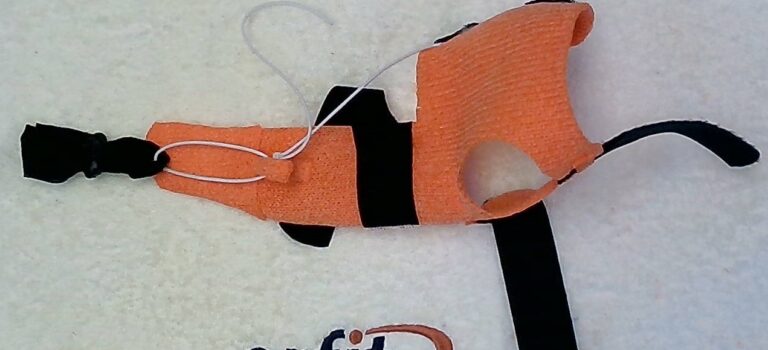
Trigger Finger: Orthotic Options
A clinical trial
Treatment of trigger finger with Metacarpophalangeal Joint Blocking Orthosis versus Relative Motion Extension Orthosis: A randomized clinical trial.
Yendi B, Atilgan E, Namaldi S, and Kur CA. 2024. Journal of Hand Therapy, Volume 0, Issue 0

Trigger finger, or Stenosing Tenosynovitis, is a common condition seen in the hand therapy clinic. The involved finger flexes and extends but can get stuck in either position when there is a mismatch between the thickness of the flexor tendons and the A1 pulley. Inflammation or local synovitis can cause this mismatch. Patients with trigger finger report pain, stiffness, and loss of range of motion in the affected finger, leading to decreased function.
As a conservative treatment intervention, clinicians fabricate orthoses for patients with trigger finger to prevent full composite flexion of the Metacarpophalangeal(MCP) joint, the proximal interphalangeal (PIP) joint and/or the distal interphalangeal (DIP) joint. By blocking any one of these three joints, or several of them, the flexor tendon is prevented from its full excursion reducing the possibility of the tendon becoming stuck.
According to this recently published study out of Turkey, clinicians have typically favored the fabrication of a MCP blocking orthosis, positioning the MCP joint in about 10-15 degrees of flexion but limiting full composite flexion as the orthosis of choice. Previous studies have indicated that treatment with this type of orthosis is successful and patients are satisfied with its use. However the authors have noted that for some patients, the orthosis can be uncomfortable and therefore they conducted a study comparing the use of the Relative Motion Orthosis (RMO) to the traditional MCP blocking orthosis for their group of patients with trigger finger.
Thirty patients with a diagnosis of A1 pulley triggering were included in the study. They were randomly assigned to either the MCP blocking orthosis or relative motion orthosis positioning the involved finger in more extension than adjacent fingers. The orthoses were worn full- time for 6 weeks. All patients received patient education, instructions in activity modification, and flexor tendon gliding exercises as part of their treatment. Pre- and post-evaluations included a pain scale, a functional assessment and a satisfaction survey regarding the orthosis.
Participants wore the orthosis for a total of 6 weeks. Both types of orthoses allowed for pain relief. Participants were satisfied with the orthosis they had received but the MCP blocking orthosis provided for better functional ability than the RMO in extension.
There were a number of limitations to the study design, including the lack of a control group with no intervention and the limited number of patients. Limitations also included the short time frame as well as specific inclusion criteria.
Overall, this study helps clinicians with clinical decision making regarding the choice of orthotic interventions for patients with trigger finger.
Watch our video tutorial on how to create a Relative Motion Orthosis with Orficast
Watch our video tutorial on how to create a Trigger Finger Orthosis with Orficast
Download our free Orficast workbook for more inspiration!

This booklet features quick and easy orthotic fabrication instructions for a variety of common finger and hand injuries that need quick immobilization techniques. Our goal is to offer you easy orthotic solutions that are quick to fabricate and comfortable options for your patients.
Download here
![]()

Writer: Debby Schwartz, OTD, OTR/L, CHT
Physical Rehabilitation Product and Educational Specialist at Orfit Industries America.
Debby is a certified hand therapist with over 36 years of clinical experience. She completed her Doctorate of Occupational Therapy at Rocky Mountain University of Health Professions in 2010. She has worked at Orfit Industries America as Product and Educational Specialist since 2007.
Debby is also an adjunct professor at the Occupational Therapy Department of Touro University, School of Health Sciences, and at the Occupational Therapy Department at Yeshiva University, Katz School of Science and Health in NYC. She has written many book chapters in the field of hand therapy and multiple articles for hand therapy journals, including the ASHT Times and the Journal of Hand Therapy. She has published a new textbook on orthotic fabrication together with Dr. Katherine Schofield, entitled “Orthotic Design and Fabrication for the Upper Extremity: A Practical Guide”.
![]()
If you’d like to receive the latest product updates and interesting Orfit news, subscribe to our newsletter:





